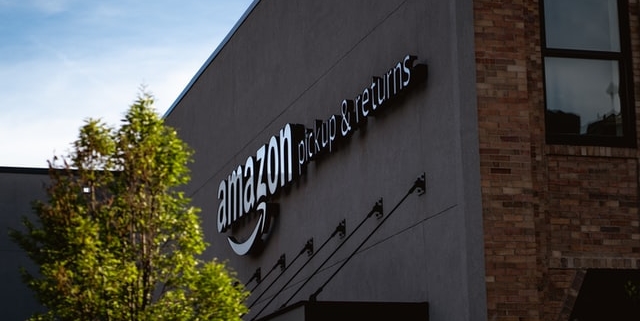Amazon’s Opportunity to Transform Department Stores
Recent reporting from The Wall Street Journal indicates that Amazon is considering opening a few department stores in Ohio and California. One of the key reasons for the decline of department stores is now opening department stores. The online mega-department store is investing in building physical department stores.
Amazon is about to leverage its retailing expertise at a time when consumers are returning to physical stores and malls. Barron’s, the financial weekly published by Dow Jones, recently noted that department stores are actually making a comeback. The doom and gloom of the death-of-retail predictions seem to be fading away. Closed stores, empty malls and bankruptcies are no longer haunting the retail landscape. In fact, stores that were about to fall off the planet are now reappearing. For example, Toys R’ Us is scheduled to put small versions of its stores within Macy’s stores. Even without its new toy offerings, as Barron’s points out, Macy’s as well as Kohl’s, Ross Stores, The TJ Maxx portfolio (TJ Maxx, Home Goods and Marshalls are all showing increased traffic and profitability.
Amazon, is taking advantage of the moment.
This would not be the first time Amazon has added brick-and-mortar stores to its retailing portfolio. Amazon has bookstores and self-service groceries in New York and Seattle respectively, Amazon 4-Star in New York (featuring products receiving 4-star ratings and an Amazon Fresh grocery store in Woodland Hills, California.
In 2017, Amazon purchased Whole Foods, the organic and natural foods grocery chain. As pundits puzzled over the whys and wherefores of this purchase, Amazon viewed Whole Foods as an extraordinary runway for doing retail better. By leveraging its expertise in data collection, loyalty, supply chain, delivery and digital creativity, Amazon saw enormous opportunity.
Since the Whole Foods purchase, Amazon has been using Whole Foods as a laboratory for grocery retailing. Amazon’s changes to Whole Foods – some great and some abandoned – helped to transform Whole Foods’ perceptions as Whole Paycheck. Amazon has accomplished this significantly by rebranding and fashioning its 365 brand. If you look closely at the 365 logo, you see that it no longer says “Everyday Value.” Now, through a wide variety of offerings, a shopper can purchase high quality, affordable organic and non-organic products that compete in taste and ingredients with the more high-end brands on its shelves.
Soon after Amazon’s Whole Foods purchase, in a far-ranging interview with The Wall Street Journal, Jeff Wilke, the then chief executive of worldwide consumer at Amazon, spoke about the benefits of having Whole Foods in the Amazon tent. Mr. Wilke said, “I hope we’re going to learn about how physical stores work. They (Whole Foods) know a lot about food, produce – supply chains at a very large national scale. We’re going to learn with them how we can efficiently – and in a very high-quality way – deliver groceries to our customers.”
Now, Amazon sees an opening to work the same kind of reinvigoration with department stores. Basically, a department store offers a wide range of products and services across multiple categories. This is what Amazon already does online. Having a physical option allows Amazon to showcase particular offerings that may be overlooked on its website. The Wall Street Journal’s latest news states that Amazon will be stocking its department stores with its private-label fashion brands and its other private-label offerings across categories such as household items, electronics and other merchandise.
Building department stores, Amazon will have the opportunity to go to school on non-food retailing. The customer knowledge base will be extraordinary. Amazon will learn about those shoppers who actually prefer to purchase clothing when the clothing can be tried on. Amazon will learn why these customers behave in this manner. Amazon will learn about the power of touch and feel in retailing. As with Whole Foods, department stores will provide pricing information allowing for experiments with alternative pricing strategies.
While existing department stores are breathing new life into their brands, including balancing killer online offerings and physical stores, Amazon will not only be educating itself on the future of department store, brick-and-mortar retailing. Amazon will have the chance to completely remake shopping in a physical location. Amazon’s department stores will be incubators of ideas that have the possibility to change the underlying concept of department stores.
Amazon has the opportunity to transform the concept of the department store. In a review on five new books about retailing in Harvard Business Review, “Getting Back to Business: The future of shopping in the post-Covid World,” Juan Martinez writes, “The thriving stores of the future will be driven by data, technology, and even a little theater.”
As Mr. Martinez points out, the five books on the future of retailing all concur that thriving stores will rely on an optimization of data, technology and the experiential. Success in future retailing will undoubtedly require expertise in e-commerce, customer service, knowing the customer and digital prowess. These are all things that Amazon can do. Although Amazon does not face an empty field, Amazon can redefine an industry as it did with books, grocery, delivery and merchandise.



